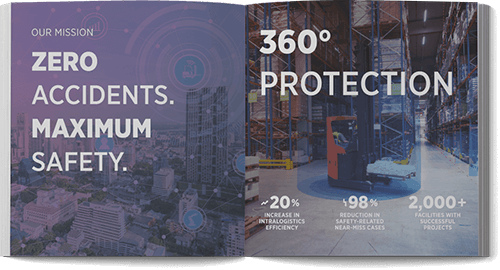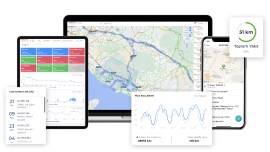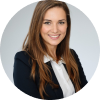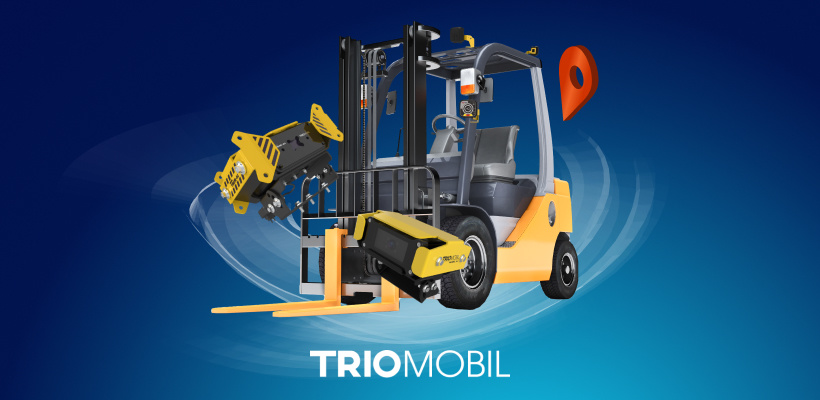
We are listing ten must-have forklift safety devices, carefully selected for their proven effectiveness in enhancing operational safety. Each device and system plays a unique role in the safety ecosystem by addressing specific risks associated with forklift operations. By adopting these technologies, businesses can create a safer workplace environment, protect their workforce from harm, and maintain productivity remains at peak levels despite the inherent dangers of forklift operations.
1. Overhead Guard
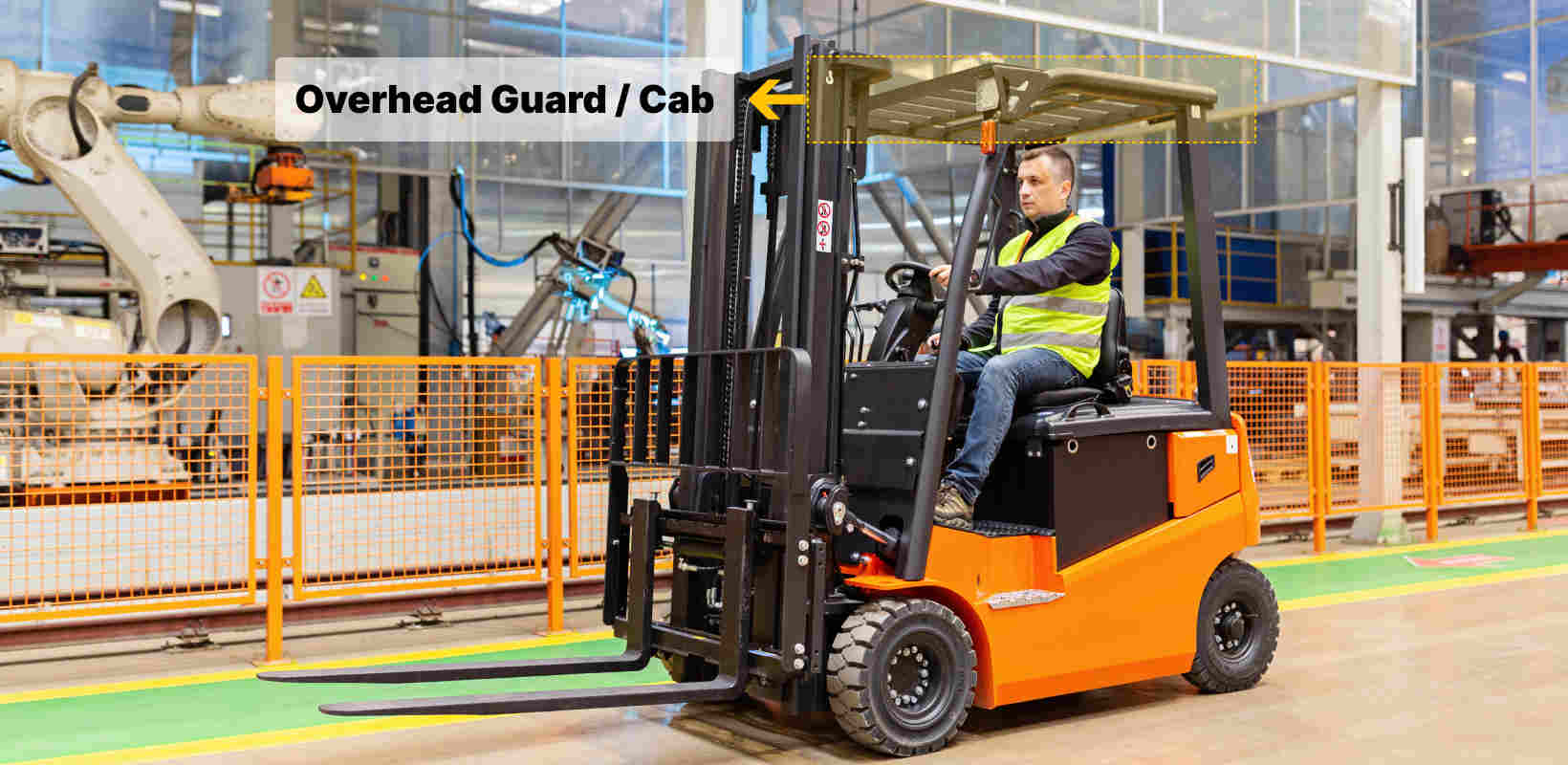
The overhead guard is a fundamental safety feature on forklifts, designed to shield the operator from potential hazards such as falling objects. This protective barrier, resembling a metal roof, encases the operator's seating area, serving as a critical defense against injuries that can occur from materials dropping during loading or unloading processes.
Its presence is especially vital in environments where the risk of falling items is a constant concern, keeping that operators remain protected under a sturdy layer of safety. By incorporating the overhead guard into forklift design, manufacturers emphasize the importance of operator safety in preventing severe accidents, highlighting the guard's role as an indispensable safety measure in material handling operations.
2. Seatbelts
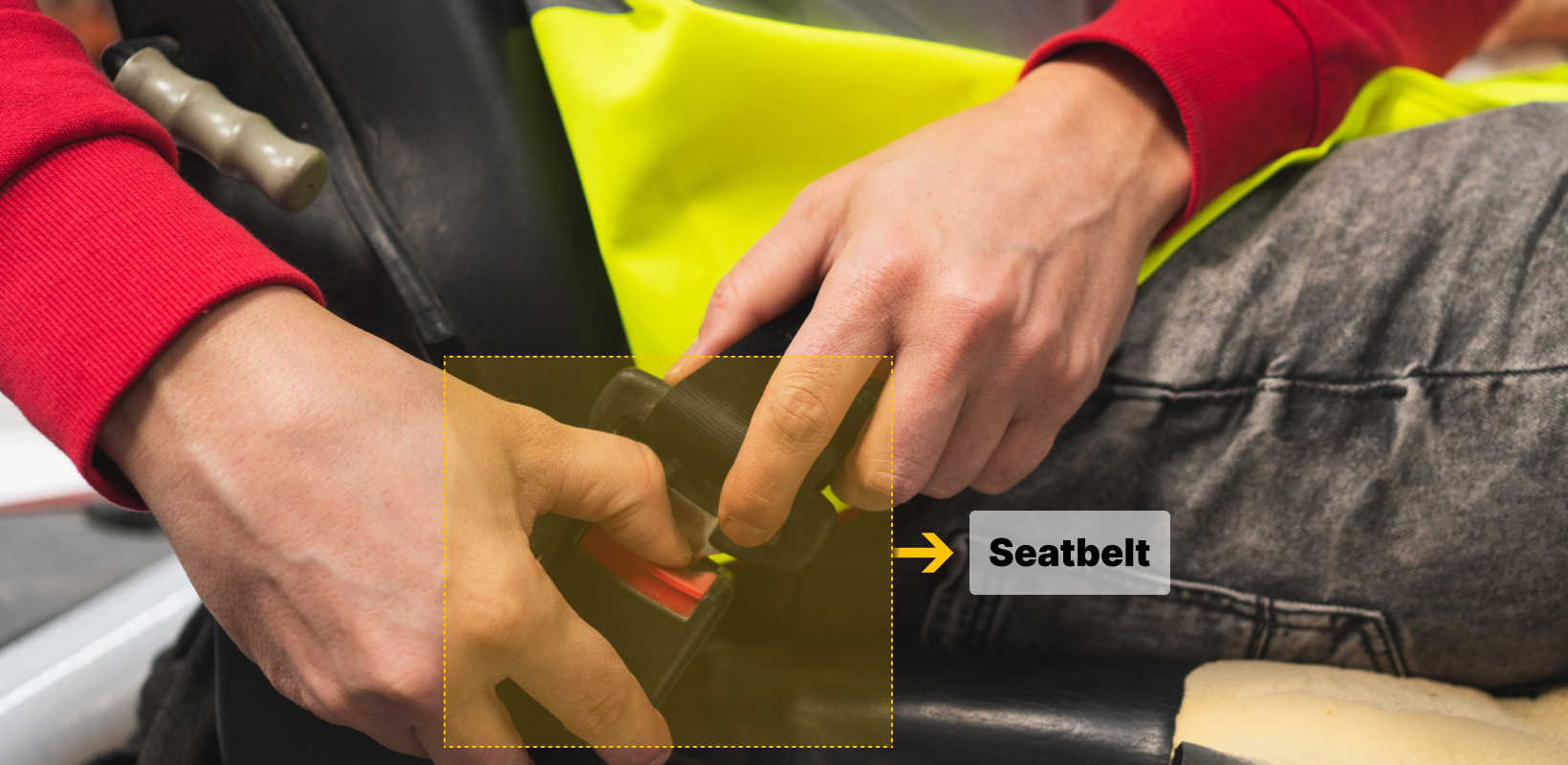
Seatbelts in forklifts enhance operator safety, acting as a vital line of defense during a tip-over. These restraint systems ensure that operators are securely held within the safety confines of the forklift's cabin, significantly reducing the risk of ejection or being pinned under the vehicle during an accident.
Mandating seatbelts is a simple yet effective safety practice that underlines the commitment to protecting the well-being of operators. By emphasizing buckling up before operation, businesses can foster a safety culture and significantly diminish the likelihood of injuries associated with forklift tip-overs.
3. Forklift Safety Lights
Forklift safety lights are essential for enhancing these vehicles' visibility, providing that operators and nearby pedestrians are aware of their presence and movements. These lights, which can include a variety of headlamps, brake lights, and directional indicators, play a pivotal role in preventing accidents in busy or poorly lit environments.
Particularly effective are the red spotlights that projected onto the ground, signaling a forklift approaching from blind spots or around corners. By casting a visible warning on the floor, these safety lights provide an early alert to workers, significantly reducing the risk of collisions and improving the overall safety of workplace operations.
4. Forklift Impact Detection Systems
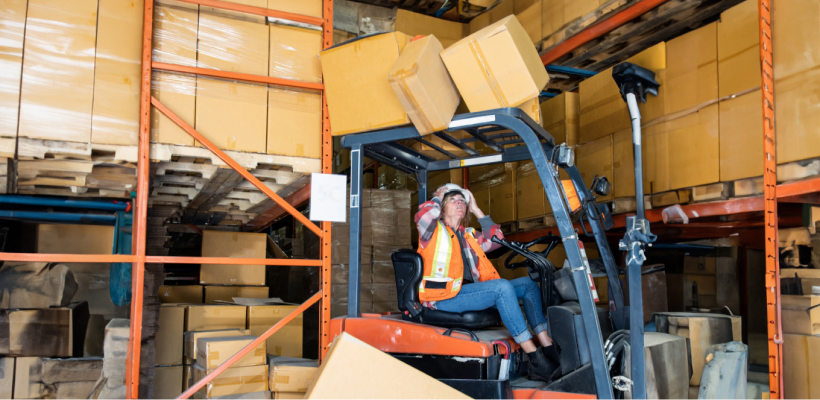
Forklift impact detection systems are indispensable for maintaining a safe working environment in warehouses and industrial settings. These systems utilize advanced sensors and technology to detect collisions and impacts involving forklifts in real-time. Upon detecting a collision or impact, these systems trigger immediate alerts, allowing supervisors and operators to respond swiftly to mitigate potential risks.
You can check our article 10 Reasons to Use Forklift Safety Systems to learn how these systems can help your operations. Moreover, some sophisticated systems are designed to automatically disable the forklift's operation following a collision, preventing further damage or accidents. By integrating impact detection systems into their operations, businesses can significantly reduce the likelihood of workplace accidents, minimize equipment damage, and ultimately safeguard the well-being of their workforce.
5. Proximity Sensor
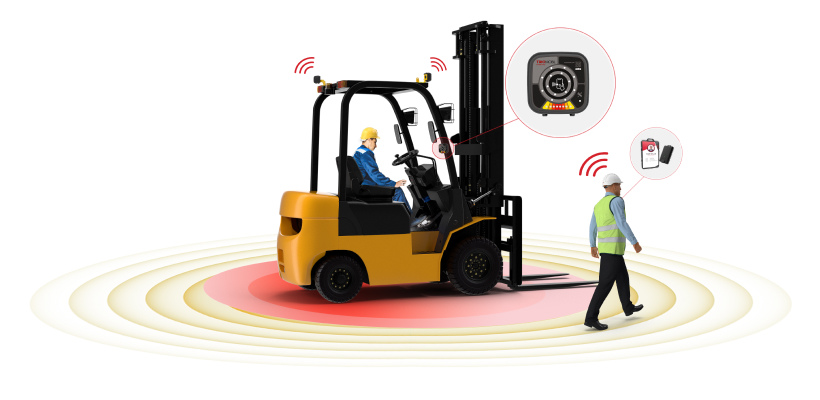
Proximity sensors are an integral component of forklift safety, designed to detect the presence of objects or individuals within a predetermined vicinity of the vehicle. These sophisticated devices play a crucial role in accident prevention, automatically initiating measures such as slowing down or completely halting the forklift when a potential collision is detected.
Their utility is particularly pronounced in environments where space is limited or heavily trafficked, offering an additional layer of safety by compensating for blind spots and human error. By integrating proximity sensors, forklift operations can significantly minimize the risk of close encounters, promoting a safer workspace for operators and pedestrians.
6. AI Camera Systems
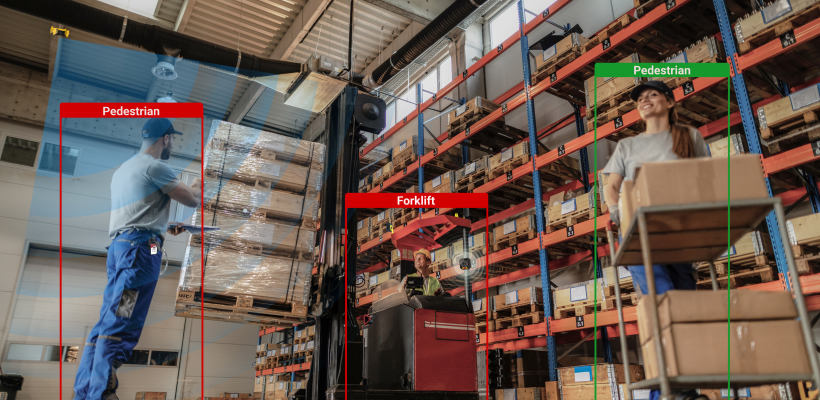
AI cameras revolutionize forklift safety by using advanced image processing and deep learning. These cameras detect pedestrians, forklifts, and vehicles in real-time, offering extensive coverage to prevent accidents caused by blind spots.
The system enhances safety by monitoring designated zones and triggering visual and audible alarms when a potential collision is detected. Installing AI cameras can significantly reduce the risk of accidents by improving visibility, making them indispensable tools for enhancing safety and efficiency in operations where clear sight lines are obstructed.
7. Backup Alarm
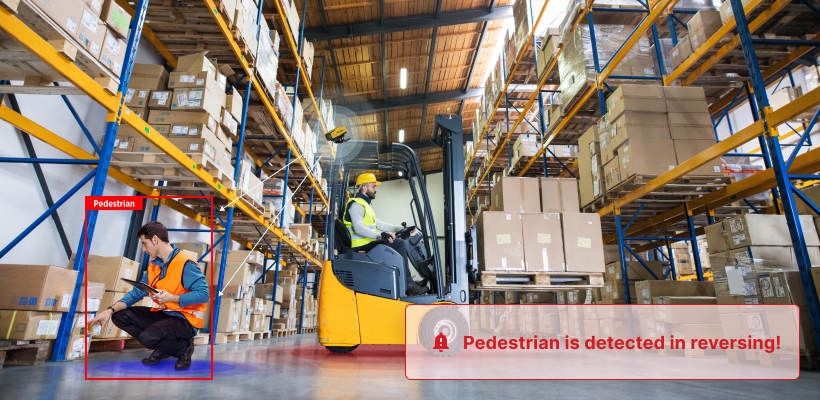
Backup alarms are an important safety feature of forklifts designed to alert nearby workers when the vehicle reverses. Emitting a loud, distinctive beeping sound, these alarms serve as an audible warning to everyone in the vicinity, reducing the risk of collisions.
Particularly useful in busy or noisy work environments, the backup alarm effectively communicates the forklift's movements, allowing pedestrians and other vehicle operators to maintain a safe distance.
Backup alarms can also be integrated with forklift-mounted AI cameras to enhance safety further. These AI cameras detect pedestrians, offering a 160-degree field view for added safety. When a person is detected in the forklift’s reverse path, the system generates visual and audible alarms for the operator. This simple yet effective integration is crucial for maintaining a safe work environment, helping to prevent accidents, and enhancing awareness during forklift operations.
8. Forklift Safety Checklist
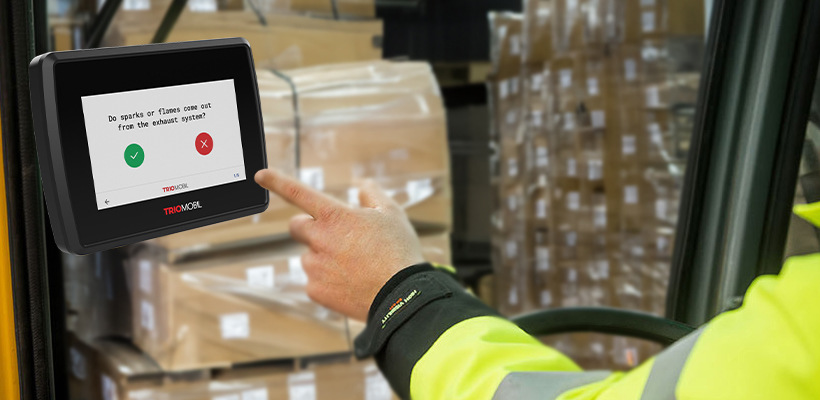
Digital forklift safety checklists revolutionize pre-operational inspections, offering customization and efficiency. These tools are tailored to operational needs and regulatory requirements, with built-in validation for thorough checks.
Providing real-time visibility, supervisors can monitor inspections remotely, receive instant notifications, and track historical data for compliance. Digital checklists streamline documentation, simplifying regulatory compliance.
By transitioning to digital forklift safety checklists, businesses not only enhance operational efficiency and accuracy but also reinforce their commitment to upholding the highest safety standards in their workplace.
9. Advanced Warning Systems
Advanced warning systems represent a significant leap forward in forklift safety, employing cutting-edge technology to alert operators about potential dangers in real-time. These systems utilize sensors, AI cameras, and software to monitor the forklift's environment, detecting nearby obstacles, personnel, or unsafe operational conditions. The system instantly notifies the operator when a risk is identified, allowing immediate corrective action to avoid accidents.
Beyond more collision prevention, some advanced warning systems can also regulate forklift speed in response to the proximity of obstacles or restricted areas, further enhancing safety. Incorporating these proactive safety measures into forklift operations protects personnel and contributes to a more efficient and incident-free workplace.
10. Real-Time Monitoring and Communication Systems
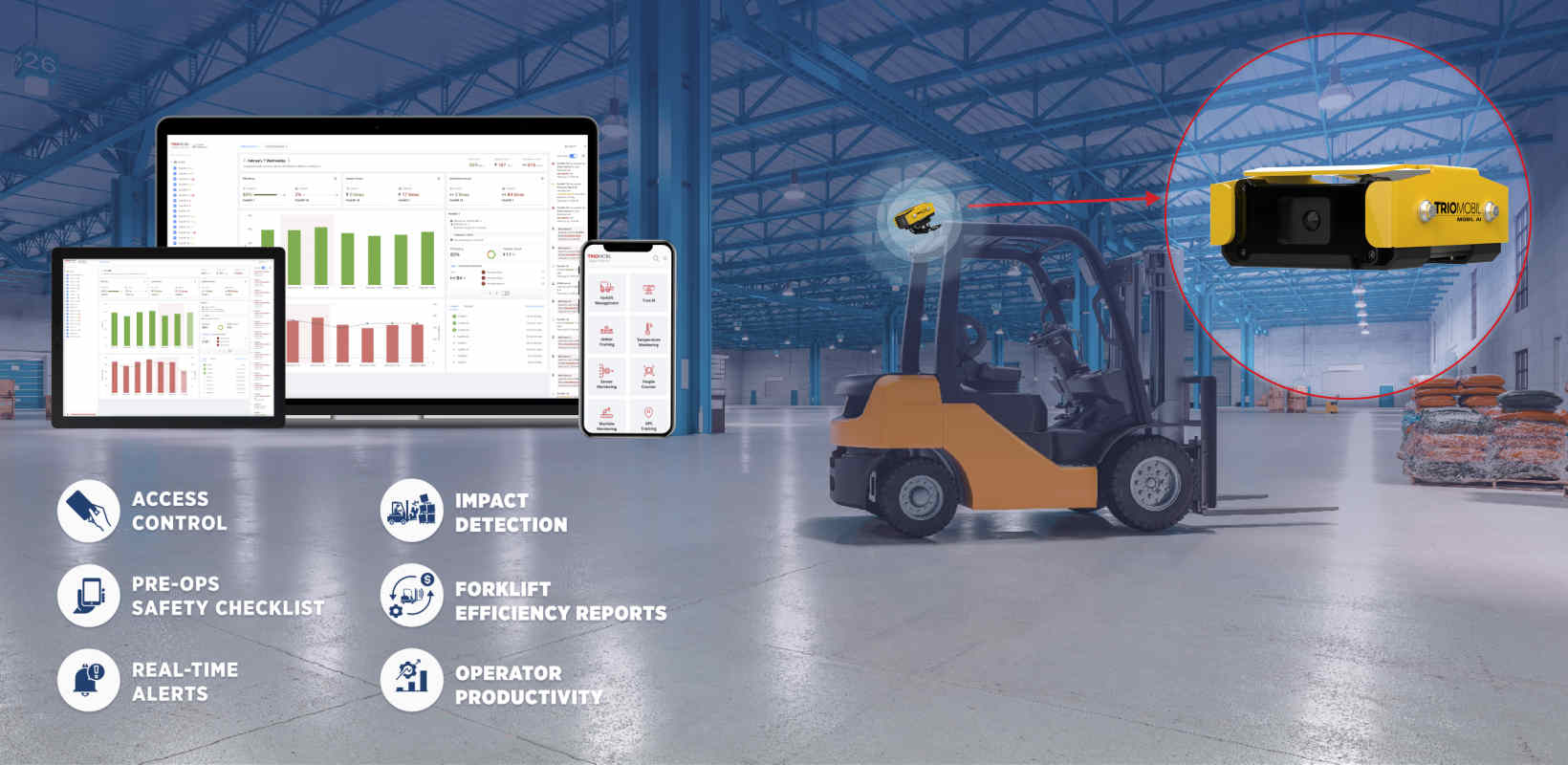
Real-time forklift tracking and communication systems offer a comprehensive solution for enhancing the safety and efficiency of forklift operations. These innovative systems provide continuous oversight of forklift activities, enabling tracking vehicle location, monitoring speed, and identifying potential hazards in the vicinity.
These systems facilitate instant communication between forklift operators, pedestrians, and supervisory staff and promptly inform everyone involved about operational changes, nearby dangers, or emergencies. This constant stream of information significantly improves situational awareness and decision-making, helping to prevent accidents and streamline operations.
Embracing such systems signifies a proactive approach to safety management, integrating technology with best practices to cultivate a safer, more connected, and efficient workplace.
